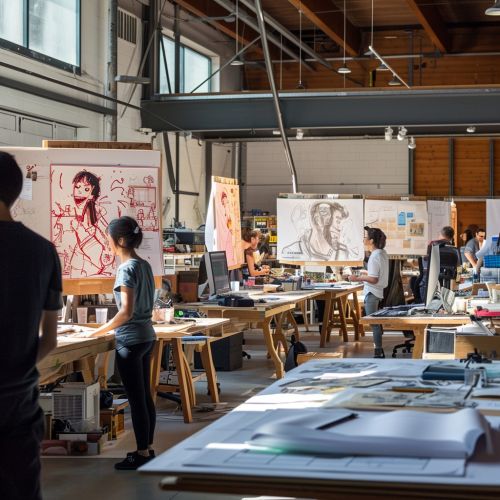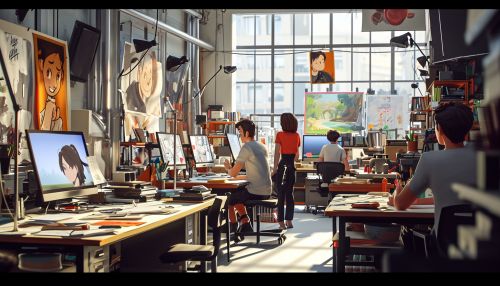Cultural Impact of Animation
Introduction
Animation, as an art form, has had a profound impact on global culture. From its inception in the early 20th century, animation has evolved from simple drawings on celluloid to complex computer-generated imagery. This article explores the cultural impact of animation, focusing on its influence in film, television, and other media, as well as its role in shaping societal norms and perceptions.
History of Animation
The history of animation is rich and varied, with roots in ancient cultures. The first known instance of animation can be traced back to Paleolithic cave paintings, where animals were depicted with multiple sets of legs in superimposed positions, that attempted to convey the perception of motion. However, the modern form of animation as we know it began in the early 20th century with the advent of cinematography.
Early Animation
The earliest forms of animation were created using a series of drawings or photographs displayed in rapid succession. This technique, known as stop-motion animation, was first used in the late 19th century by pioneers such as J. Stuart Blackton and Émile Cohl. The first animated film, "Humorous Phases of Funny Faces," was produced by Blackton in 1906.
Golden Age of Animation
The 1930s to the 1950s is often referred to as the "Golden Age of Animation". This period saw the emergence of major animation studios such as Disney, Warner Bros., and MGM. These studios produced iconic characters such as Mickey Mouse, Bugs Bunny, and Tom and Jerry, who have become cultural icons.
Modern Animation
With the advent of computer technology in the late 20th century, animation underwent a significant transformation. Computer-generated animation became the norm, with films such as "Toy Story" and "Shrek" revolutionizing the industry. Today, animation is a multi-billion dollar industry, with animated films often topping box office charts.


Cultural Impact
Animation has had a profound impact on global culture, influencing not only entertainment but also societal norms and perceptions.
Influence on Film and Television
Animation has significantly influenced the film and television industry. Animated films have become a staple of cinema, with studios such as Disney, Pixar, and DreamWorks producing blockbuster hits. Animated television shows, from children's cartoons to adult-oriented series, have also gained widespread popularity.
Shaping Societal Norms and Perceptions
Animation has also played a role in shaping societal norms and perceptions. Animated films and television shows often tackle complex social issues, promoting values such as equality, acceptance, and empathy. Characters in animated works often serve as role models, influencing the behavior and attitudes of viewers.
Promoting Cultural Diversity
Animation has also served as a platform for promoting cultural diversity. Animated films and television shows often feature characters from diverse backgrounds, promoting multiculturalism and inclusivity. This has helped to break down cultural barriers and foster understanding among different cultures.
Conclusion
The cultural impact of animation is far-reaching, influencing various aspects of society and culture. From its humble beginnings to its current status as a major form of entertainment, animation has left an indelible mark on global culture.
